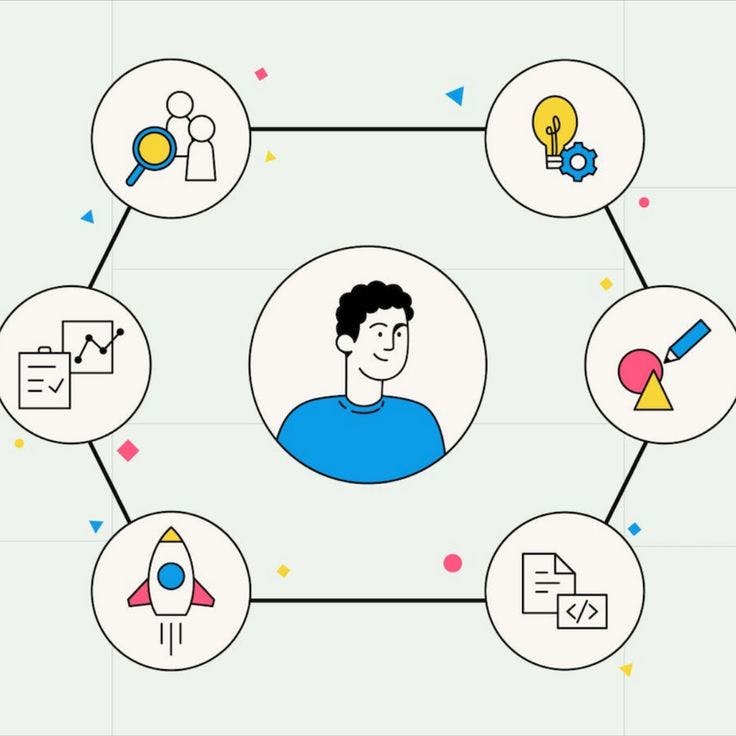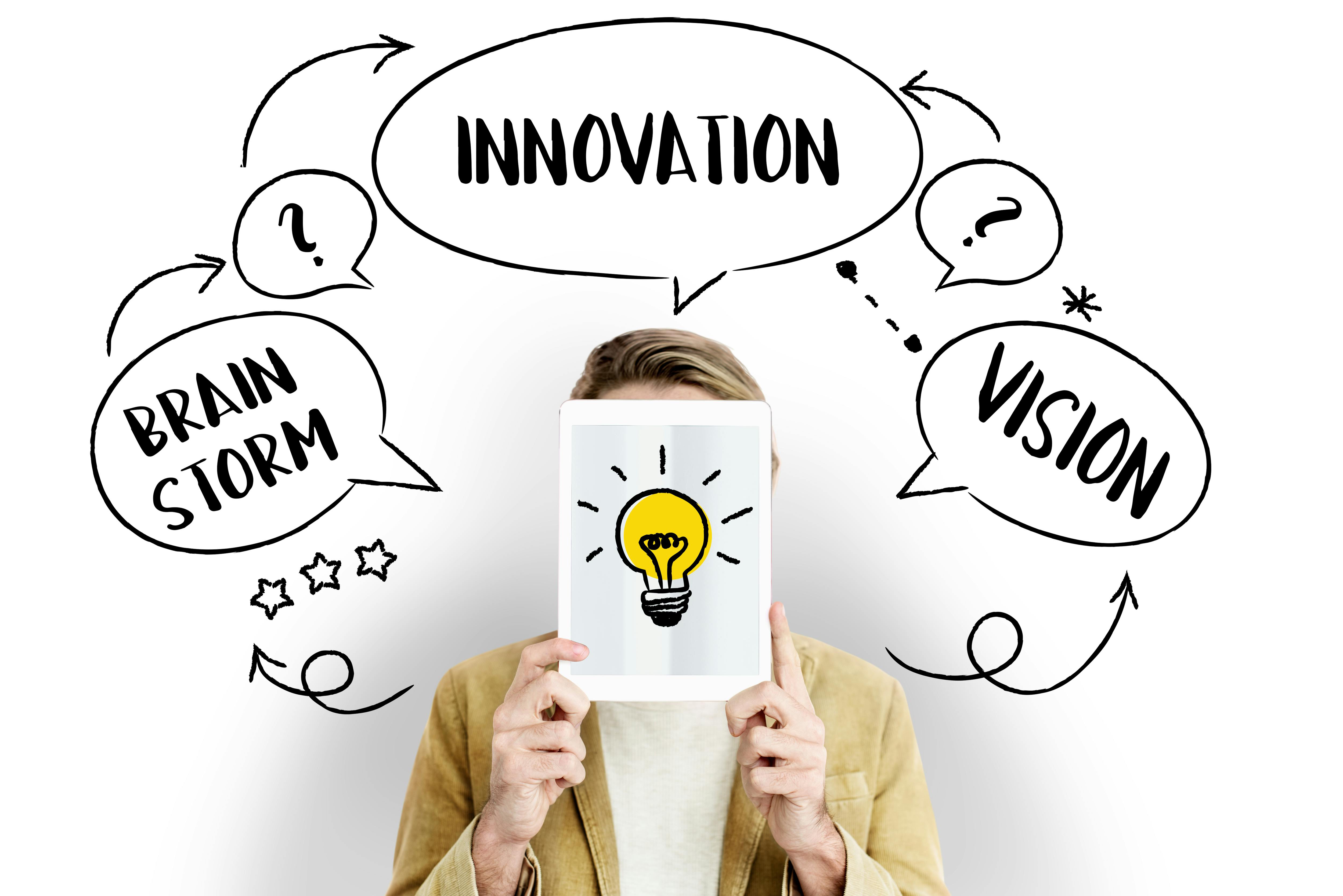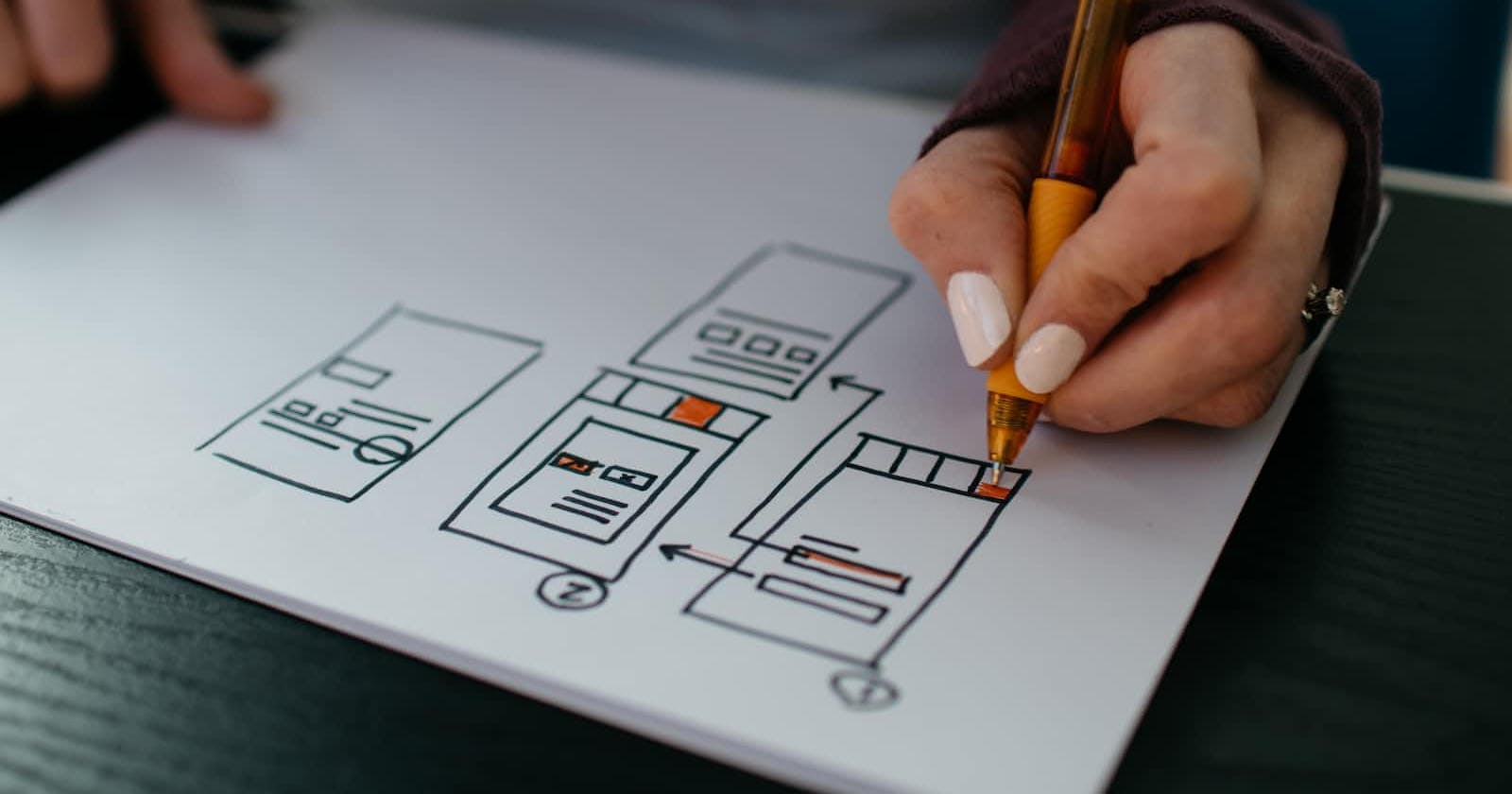In the ever-evolving landscape of digital design, success hinges on the ability to create products that not only captivate users but also seamlessly integrate into their lives. Recently, I had the privilege of delving into a captivating case study, "Redesigning the New York Times app — a UX case study" by Johny Vino, that shed light on the art of crafting user-centric experiences. This exploration unveiled a treasure trove of valuable lessons that are essential for any designer, and it is these lessons that I am excited to share with you.
Lesson 1: The User Is at the Center of It All
Picture a scenario where you're building a product, pouring your heart and soul into it, only to discover that it doesn't resonate with users. This is a pitfall that any designer can fall into if they forget the cardinal rule of UX: put the user at the center of your design. The case study highlights the significance of understanding users' habits, preferences, and needs through interviews and research. By immersing ourselves in their world, we can create solutions that seamlessly integrate into their lives, making their experience more enjoyable and productive.

Lesson 2: Embrace Innovation and Differentiation
In a market saturated with similar products, innovation is your ticket to differentiation. Instead of overhauling an existing app, the team introduced a subtle yet innovative feature called "Timely." This feature is designed to deliver personalised notifications at opportune moments throughout the day, aligning with users' daily routines. The lesson? Don't be afraid to innovate, even if it means introducing small but impactful changes.

Lesson 3: Iteration is Key
Great designs rarely come out perfectly on the first try. The case study showcases an iterative design process, where ideas are tested and refined through user feedback. Don't be afraid to pivot and make changes based on what you learn. The journey from initial concept to polished product often involves several iterations.

Overall, this case study provides valuable insights into the UX design process, from identifying user needs to prototyping and testing, and underscores the importance of user-centered design and innovation in improving the user experience.

